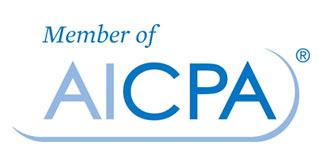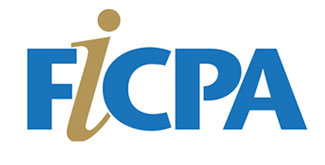As you may know, the initial rollout of the program was rocky and some provisions of the program were criticized by businesses as not doing enough to help. In an effort to address these issues and increase the program’s impact, Congress has passed, and the President has signed into law, the Paycheck Protection Program Flexibility Act (PPP Flexibility Act).
The changes will make it easier for many borrowers to obtain forgiveness of PPP loans. Two of the biggest improvements are the extension of the time for using loan proceeds, and an increase in the percentage of loan proceeds that can be used for expenses other than payroll.
The PPP Flexibility Act extends the timeframe (i.e., the covered period) in which PPP funds must be used in order to have the loan forgiven. The covered period, which was originally eight weeks, has been expanded to 24 weeks (but ending no later than December 31, 2020).
The PPP Flexibility Act also allows borrowers to spend up to 40 percent of loan proceeds on nonpayroll costs such as rent, utilities, and interest on mortgages, rather than the 25 percent that was initially specified. The improvement, however, comes with a catch: borrowers who use more than 40 percent of the loan proceeds for nonpayroll costs are now ineligible for loan forgiveness altogether.
Another favorable change was made to the time in which borrowers have to begin repaying a loan that doesn’t qualify for forgiveness. That time period is now five years rather than two years.
With respect to the reduction in the amount of a loan that may be forgiven where an employer reduces employee headcounts or wages, a new exemption has been created for businesses that are unable to rehire employees (or hire replacements) or to return to their same level of business activity as before the COVID-19 pandemic as a result of compliance with federal health and safety guidelines.
Other changes in the PPP Flexibility Act include:
A revision to the six-month deferral period that allows borrowers to defer payments until they receive compensation for forgiven amounts, and for those that don’t apply for forgiveness, extending the time to begin making payments to 10 months from the program’s expiration;
The elimination of a provision that made a paycheck protection loan recipient who had PPP debt forgiven ineligible to defer payroll tax payments.
If you have received a PPP loan and would like more information on these changes or need help with assembling the numbers for a PPP loan forgiveness application, please don’t hesitate to get in touch with us.


